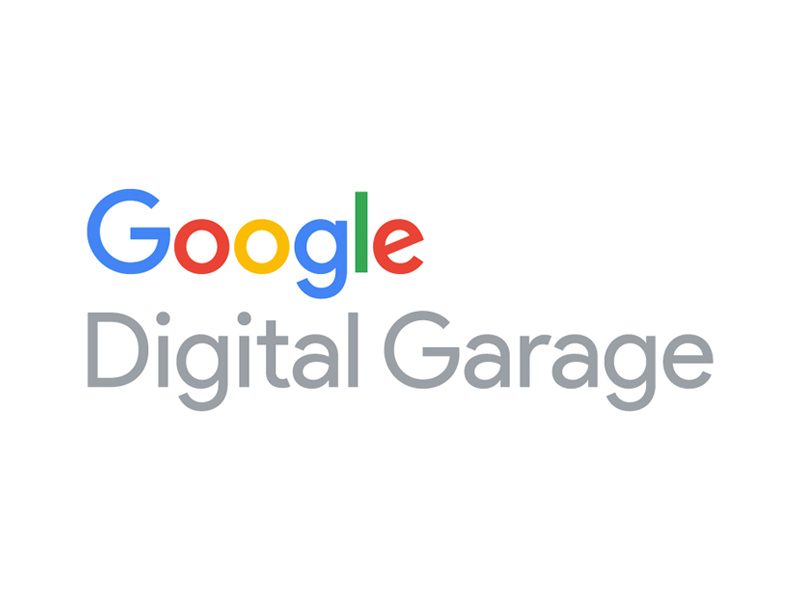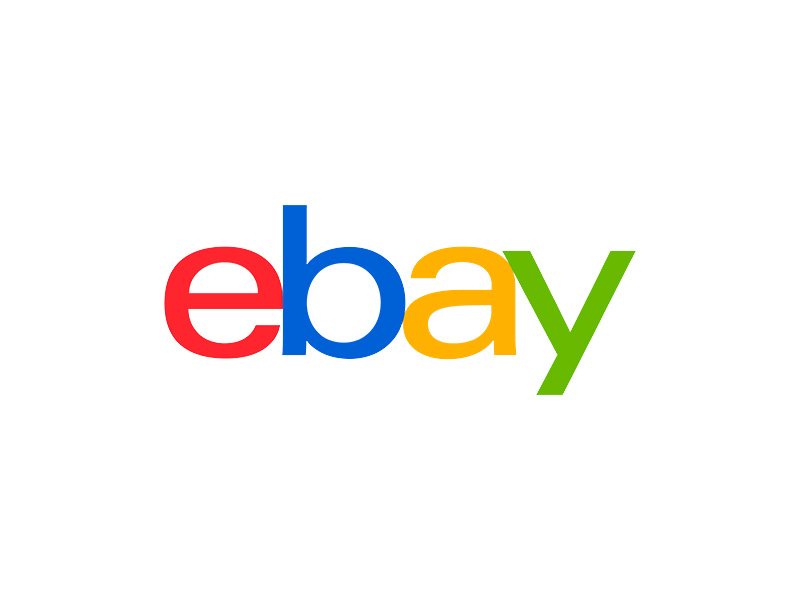This blog post has been written by guest blogger, Harminder Bhamra, who is currently one of the coaches for the Google Digital Garage project in Birmingham. Harminder has experience working with small businesses and startups to support business growth through marketing and technology.
Technology in the virtual e-commerce marketplace is constantly changing, making both online buying and selling easier in this digital revolution. Ensure that you take advantage of every tech opportunity and tool at your disposal to make the best of your business online.
Going digital, allows small firms greater flexibility and makes it far easier to generate new customers, satisfy existing customers, optimise business operations and compete in a fast moving, global online market.
According to the Federation of Small Businesses (FSB), research shows that there are unfortunately still some issues preventing small firms getting online. It seems that there is a mindset gap in going digital for some small businesses. This is something that I have witnessed first hand, whilst working with numerous small companies on a one to one basis at the Google Digital Garage. Reasons often include lack of resources, a sceptic mindset of using digital technology, lacking the confidence or knowledge in going digital and some admit to just preferring to run or start their business with a traditional ‘bricks and mortar’, physical storefront as it’s less technical. The digital mindset gap is currently being bridged by various government and private sector initiatives in the UK and worldwide, including the Google Digital Garage; increasingly, digital training is available to anyone, literally for free.

If your thinking of setting your business up online, there are a range of online platforms which are at your disposal, at a very low cost, whereby you can tap into various open and closed networks and reach out to different audiences to promote and sell your product or service.
Your final decision will depend on what your offering and who your target audience is. Understand the types of networks they are likely to use; how you want to design your business website for them and how you would like it to work for your business.
You will also need to ensure that online purchasing is a quick, easy and secure experience for the customer, as more and more purchases are made online. For example, consider as many payment methods as possible (don’t forget to integrate PayPal and other payment apps currently available).
As a starting point, here’s a rundown of the top 5 e-commerce sites with a few facts and top pieces of information for you to consider:

1.Amazon
Selling online on Amazon is a straightforward and effective way to reach millions of potential buyers, allowing you to tap into different markets. Whatever you are selling in whatever quantity, Amazon provides you with the required tools to sell online successfully in a simple 5 step process. Amazon product lines vary from media right through to household, fresh food groceries and clothing, through all of its products and services, including Amazon Fresh, Kindle, the Amazon Digital Game Store and many more.
Amazon fact :
Did you know that Amazon website started in the founder’s garage? Today the business operation has grown to have warehouses with more square footage than 700 Madison Square Gardens.
2. Shopify
Shopify is easy to setup and customise with no upfront cost or risk. It is currently the most popular e-commerce platform in the UK. A range of website design themes and apps means that you can instantly create and customise your online store without any real technical knowledge.
The platform offers Shopify Payments to accept credit card payments from your customers and you can also start selling offline with Shopify POS.
3. Etsy
Etsy is widely known as the global marketplace for unique and creative goods. The type of products sold here are usually handmade items, vintage goods and craft supplies. This network is huge and can connect your business to over 29 million buyers from around the world. You are provided with your own online digital shopfront where you can showcase your products.
Something to note: Etsy do take a small percentage of commission from your sale and they manage the payments.
4. Wix Stores
Wix stores is one of the leading website-builder platforms for e-commerce as it’s really simple to get started on a low budget. Providing 100s of templates, a drag and drop online store builder, together with a mobile optimised websites, Wix is the option many online store newbies go for.
5. Google sites
Google Sites started out as JotSpot. Similarly to Wix, it offers modern template themes, drag and drop editing, mobile-friendly website, multi-tier permissions and access for your team, embedding HTML and support with JavaScript. You can set up your website completely free of charge, although that’s not including domain and hosting charges.
You can insert your shopping cart onto your site by using additional digital payment channels such as Paypal, Wazala, Ecwid or add widgets with POWR, which is free to use. There’s a whole range of payment applications in addition to these online, so have a peruse and see which one’s best for you.
A couple of other final pointers for your online debut:
- Don’t forget to make sure your website is mobile optimised and search engine optimised for maximum effect.
- Remember to include relevant keywords in your website content, summary and title and use search friendly images for search engine optimisation.
Your website is a powerful business tool which you can use to drive sales online, so take a little time to get it right!













